Getting into road cycling has been one of the best decisions I’ve ever made. Not just for low-impact exercise, but as a way to explore places you’d never otherwise go and spend time with mates.
So if you want to take up cycling for leisure, or one of your colleagues has somehow convinced you to do a charity ride, you’ll be pleased to hear you’ve made a great choice (at least in my opinion). The first thing you need to do, however, is to make sure you buy a good road bike.
In this guide, we’ll break down everything you need to know before making that purchase – from the different types of road bikes and their components, to where to find the best deals and what other gear you might need. It might seem overwhelming at first (especially when you’re staring at a bike shop’s website), but I promise it’s less daunting than it looks.
As we walk through the process of buying a bike, we’ll get some tips from professional cyclist Paul Van Der Ploeg, a former National and World Champion who raced both on the road and in mountain biking disciplines, and a man who’s ridden more bikes than anyone you’ve ever met.
Unsurprisingly, Van Der Ploeg has plenty of excellent advice for anyone looking to get a bike.
Jump To:
What Is A Road Bike?
Simply put, a road bike is designed for riding on smooth, paved roads. It’s built for speed, efficiency, and comfort over long distances, making it a popular choice for everything from weekend rides to long-distance racing.
Because of where you’ll be riding it, the key elements of a road bike include a lightweight frame, drop handlebars for better aerodynamics, as well as narrow tires that allow for quick rolling, making them the go-to option for anyone looking to cover miles with minimal effort.
“Road bikes are the most common bikes you’ll see out and about, because they’re fast, lightweight, and ideal for everything from commuting to racing – the kind of bikes you’ll see in the Tour de France,” explains Van Der Ploeg.
Referencing TdF, it’s important to know that not all road bikes are created equal, and depending on your goals and riding style, you’ll need to determine the right type for your needs. Let’s break down the different types of road bikes so you know exactly what kind of bike will suit you best.
Types Of Road Bikes
Aero Road Bike
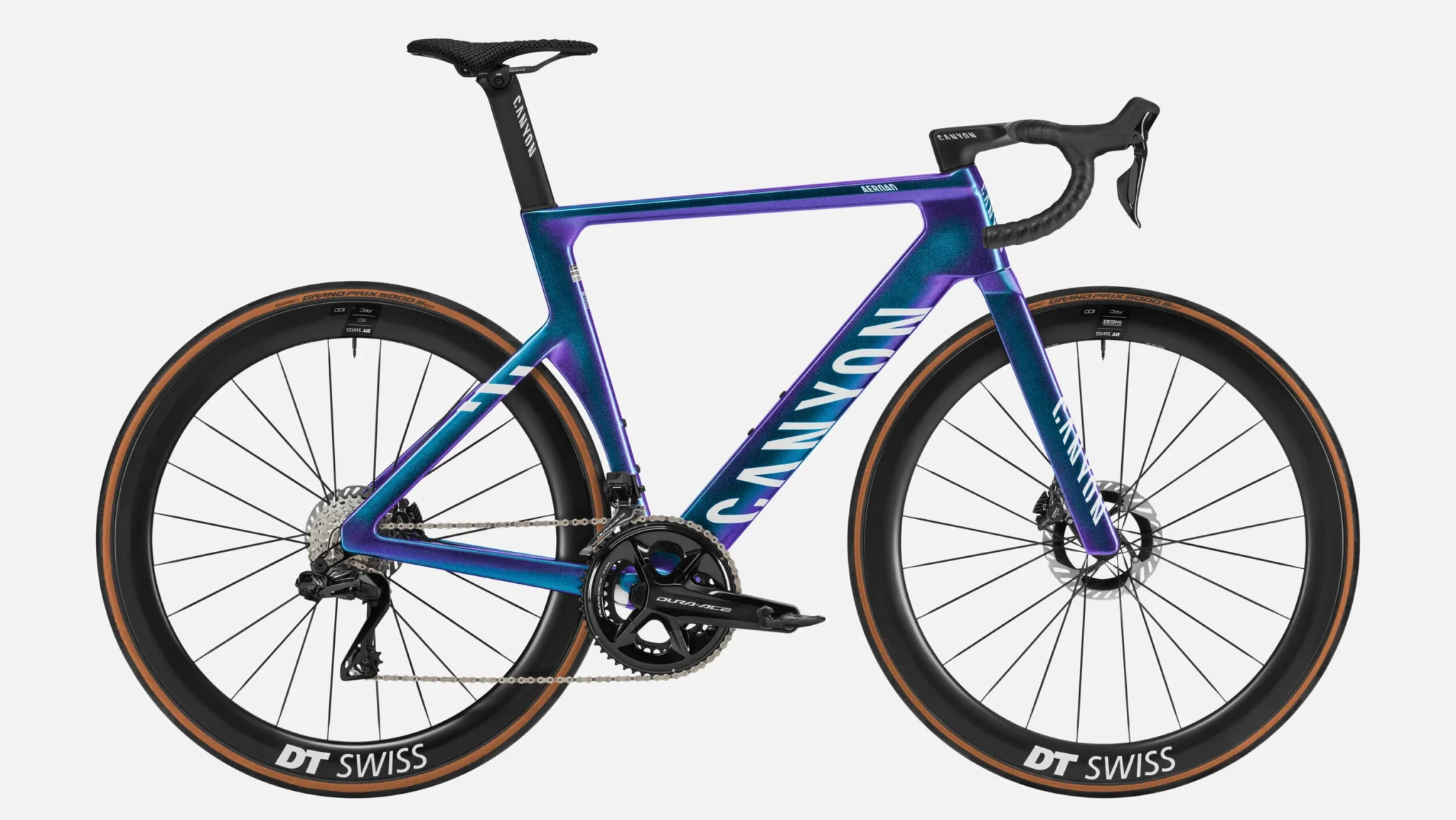
If speed is what you’re after, an aero road bike is probably the way to go, as these bikes are designed to be as aerodynamic as possible. Think of them as a Formula 1 car for bike racing – they cut through the air like a knife, and they don’t create much drag, making them very efficient to ride (especially on flat or sections of a road).
“If you want to go fast, especially if you’re planning to do a bit of racing, an aero road bike will be the best thing for you,” Van Der Ploeg advises. “You’re basically sitting on a carbon rocket ship that feels super stiff and super responsive, and the power transfer from your legs to the bike is very efficient.”
To understand just how much aerodynamic drag impacts cycling speed, according to Aerosensor, a company that specialises in aerodynamic performance optimisation for cyclists, “at 40kph over 80% of your power is required just to push you through the air.” Translation: a helluva lot.
This is why cyclists race as a big bunch in pelotons – to protect themselves from aerodynamic resistance, by riding behind other cyclists. Aero bikes have a unique, aggressive geometry, often featuring a more compact frame, aero handlebars, and likely deep-section wheels (more on them later) to further reduce air resistance.
Aero bikes are perfect for time trials, triathlons, and competitive cycling, but due to their racing-oriented geometry, aero road bikes can be less comfortable on long rides. Especially for beginners.
Endurance Road Bike

If you want a balance between comfort and performance, endurance road bikes are the way to go. These bikes are built for long rides, have a more relaxed frame geometry that reduces strain on your back, shoulders, and wrists, plus they’ve generally got slightly wider tires to absorb bumps in the road and to give better traction.
Because they can handle longer distances and rougher roads with greater comfort, they’re a good choice for casual cyclists or those hunting for a commuting bike. But they won’t be as fast as aero road bikes, so if racing is what you want to do, there are likely better options out there.
Lightweight (Climbing) Road Bike

If you’re looking to tackle steep hills or mountainous terrain, a lightweight road bike is designed specifically for climbing. Constructed with materials like carbon fibre, titanium, or high-grade aluminium, these bikes are built with one goal in mind: to ensure they’re as lightweight as possible.
They’re also very responsive and nimble, making them just as good at going down mountains as they are going up them. For serious cyclists looking to climb as fast as they can, they’re perfect. Their lightweight nature, however, means they can feel a little twitchy when you’re riding at high speeds or in crosswinds.
Gravel Bike

Gravel bikes have become increasingly popular over the past few years, as they’re a type of bike that perfectly combines the best of a proper road bike’s speed with the durability of a mountain bike; making them great for riding on mixed surfaces – gravel paths, dirt roads, or even less-technical singletrack.
This is thanks to gravel bikes typically being equipped with wider tires, a more relaxed frame geometry, and additional clearance to accommodate rougher terrains.
Who are gravel bikes for? If you want to venture off the beaten path while still enjoying a relatively smooth, fast ride on the road, they’re perfect. The only downside is that the thicker tires of a gravel bike can feel sluggish on paved surfaces, but plenty of cyclists overcome this by owning two sets of wheels: a thicker set for off-road riding and a thinner set for speed on the tarmac.
“Gravel bikes are awesome because of how dynamic they are,” Van Der Ploeg tells me. “Especially if you’ve got a set of road wheels as well as a set of gravel wheels, you can do anything with a gravel bike.”
“I know plenty of cyclists with gravel bikes who do fast training rides on the road in the morning, and then they’ll swap wheels and go ripping on some bike trails in the afternoon. If you want to do lots of different kinds of riding but don’t want to own multiple bikes, buy a gravel bike.”
Flat Bar Road Bike

If you’re new to cycling or simply prefer a more upright riding position (an important consideration for anyone with lower back issues), the flat bar road bike is a great option. These bikes feature flat handlebars (instead of the traditional curved drop bars), which provide a more comfortable and stable position when riding, making them a common choice for commuter cyclists.
As you might expect, given the more upright position, you’ll be significantly less aerodynamic when riding a flat bar road bike. It also means it’s much harder to go fast. If you’re buying a bike for a relaxed commute to work, the odd charity ride, or cruising with the family, a flat bar road bike is perfect.
For anyone looking to race, an aero bike with drop handlebars is the way to go.
What To Consider Before Buying A Road Bike
Now that you’re familiar with the different types of road bikes, it’s time to get into the specifics of what to look for when buying a bike. While there are endless mechanical and material options you could obsess over, these are the key factors to consider.
Frame Material
Carbon
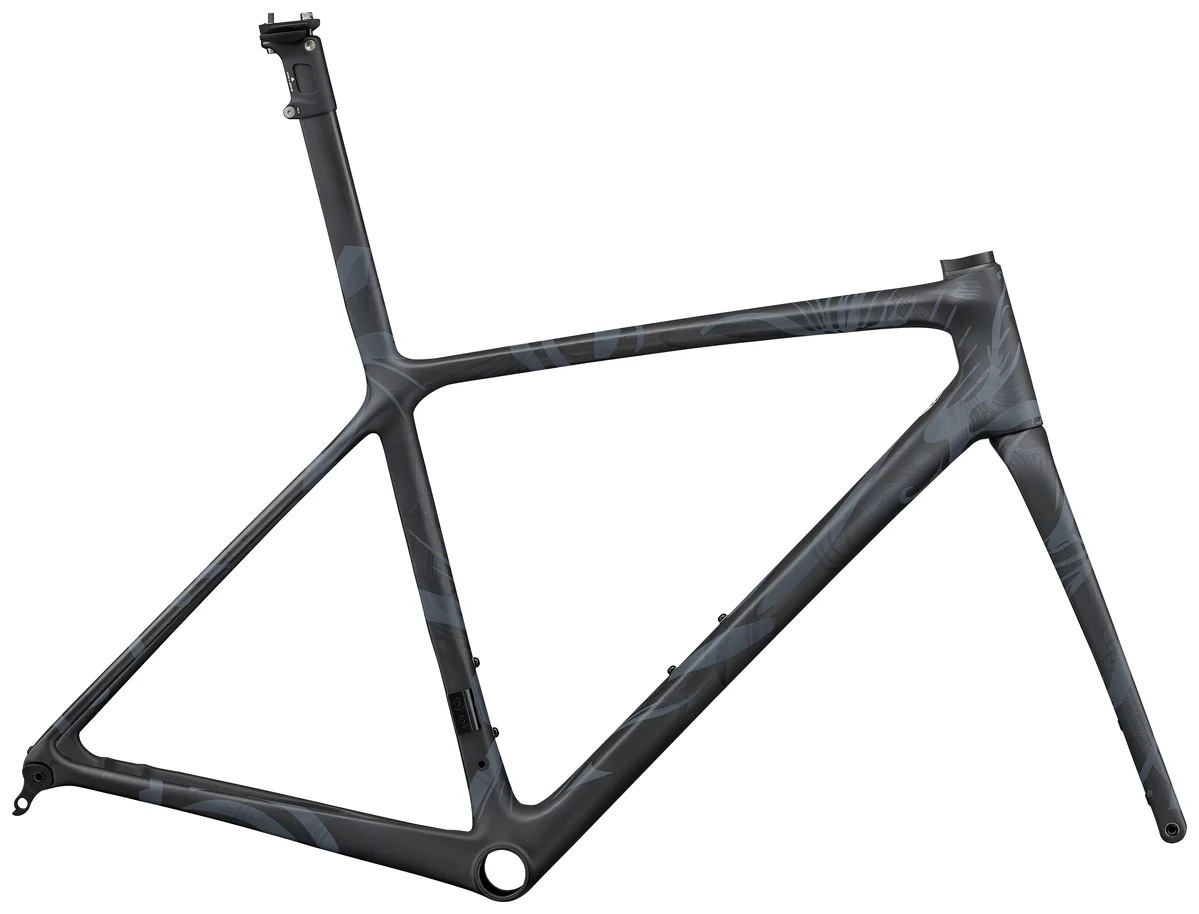
Carbon fibre is almost always your fastest choice when it comes to frame material as it’s super fast, lightweight, and very stiff. There’s a reason every professional cyclist on the planet rides with a carbon frame – it’s the gold standard.
“Carbon fibre bikes are more expensive than aluminium-framed bikes, but for anyone who wants to make cycling a regular part of their life, it’s a worthwhile investment,” explains Paul Van Der Ploeg. “Plus, the ways they manufacture carbon these days make them a lot cheaper than they used to be, so if you can stretch the budget a bit, you should.”
If you’re looking for a pre-owned carbon fibre bike, expect to budget between $1,000 and $2,000, while a brand-new one will start from about $3,000 (the Focus IZALCO MAX 8.7 has an RRP of $3,999) and can go all the way up to the price of a small car (the Trek Madone SLR 9 AXS Gen 8 will set you back $24,000).
Aluminium

Road bikes with aluminium frames are also great, as they’re typically affordable, easy to find pre-owned or at your local bike shop, and they’re quite robust if you ever have the misfortune of falling off. Though they won’t be as fast or lightweight as a carbon fibre bike, which is an important factor in your decision-making.
If you’re looking for a pre-owned bike with an aluminium frame, they’ll start from about $500, while the starting point for a new one like the Specialised Allez is $1,800. A top-end aluminium-frame gravel bike like the Focus Atlas 6.8 will cost $3,300.
Wheels
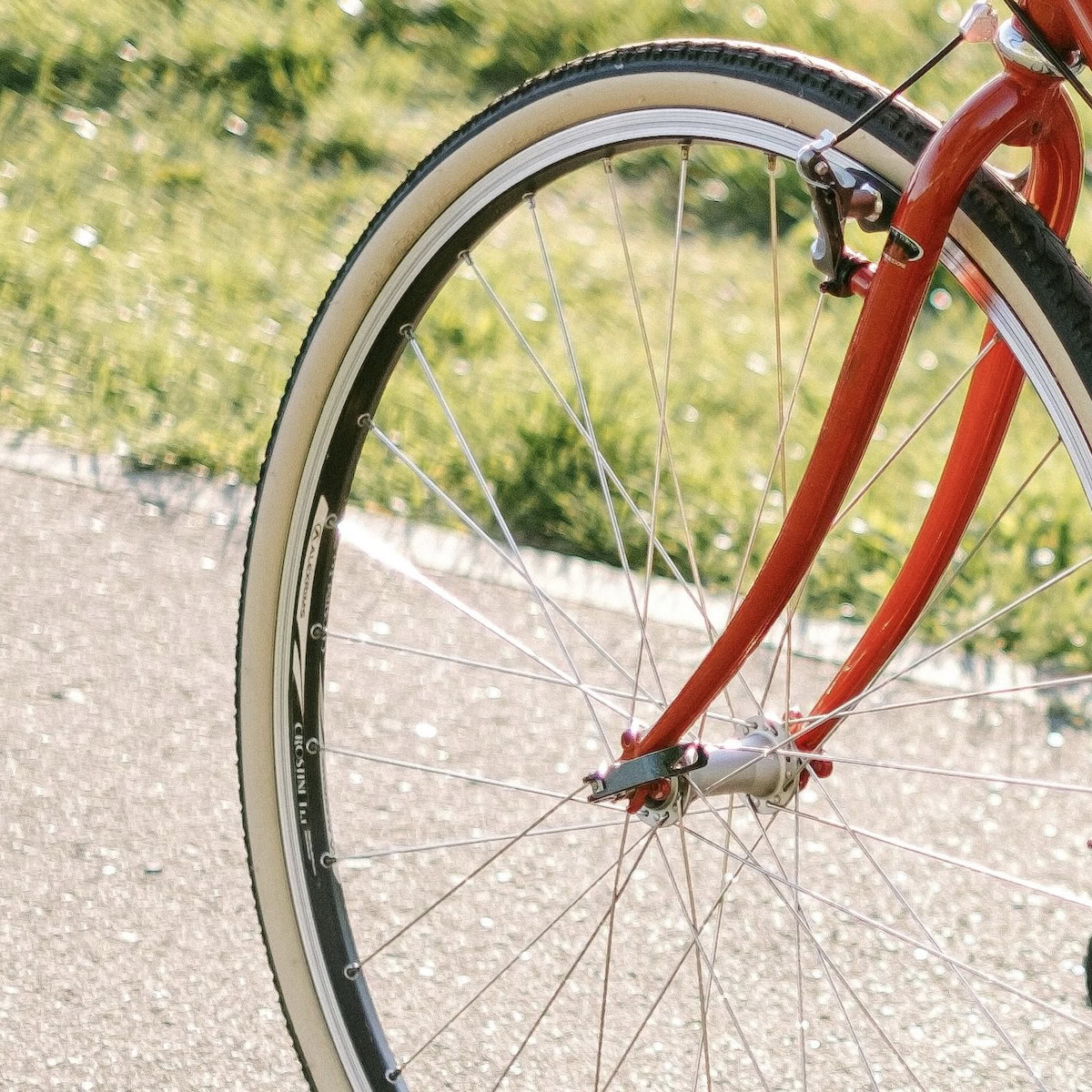

Wheels are another important element to consider, and one that can significantly impact the price of your road bike.
Many road bikes are sold with aluminium wheels (such as the $3,999 Focus IZALCO MAX 8.7), which are great for starting and doing the odd charity ride. If you’re chasing speed as a competitive cyclist, carbon wheels will definitely make you faster. A pair of aluminium wheels can be had for as little as $300, like these Boondocks 5 Discs.
Van Der Ploeg said: “There’s nothing wrong with aluminium wheels for your road bike. But if you want some free speed, carbon wheels are the way to go. Not just when you’re climbing and weight matters more, but also on flat roads where wind is at play.”
Another subject to consider that’s adjacent to wheels is the tires you ride on. For a long time, conventional wisdom believed the skinnier the tire, the more aerodynamic they’d be, meaning you’d ride faster, but in recent years, that’s been upended. The devil is in the details, because wider tires are only faster if they’re attached to wheels with wider rims, but if you’re hunting for speed, grip, and comfort, the skinniest tires in the shop aren’t likely to be the fastest.
Higher-end road bikes will likely be sold race-ready with carbon wheels (like the $14,000 Focus Izalco Max 9.9), but it’s very easy to buy a set of carbon wheels separately. The DT Swiss wheels that come with the Izalco Max 9.9 have an RRP of $3,200; more affordable options, such as a pair of the $1,700 Syncros Capital 1.0s, are available.
Groupset

The groupset encompasses everything that makes your bike move, including the chain, gears, shifters, brakes, and cranks; and while there are options for all those components, the two biggest ones to consider are your shifters and brakes (you can think about chains, cranks, and gears after a few thousand kilometres on your bike).
Shifters
Multiple brands produce shifters of differing quality, so the main choice you need to make is whether you get mechanical shifters or electronic shifters. Mechanical shifters are the most common, affordable, and easy to repair yourself, and work via a cable that connects the shifter on your handlebar to your derailleur that moves the chain from one gear cog to the next.
The most common brands you’ll come across when it comes to groupsets are Shimano (yes, the same Japanese brand that makes your fishing gear), SRAM, and Campagnolo.
It’s less common to come across Campagnolo (typically more expensive, but a traditionalist’s choice thanks to its history), so Shimano and SRAM are likely to be the two you’re choosing from. Below, we’ll discuss Shimano, just as they’re the most commonly available in Australia, but SRAM makes excellent products too (especially in the world of mountain biking), and have broadly equivalent offerings to Shimano across their range.
One of the most common mechanical groupsets you’re likely to find on an affordable road bike is Shimano Tiagra, which costs around $800 to buy new. Alternatively, a higher-end mechanical groupset is Shimano 105, costing about $1,600 new.
If you’re looking for butter-smooth gear shifting and have a little more budget to spend, wireless groupsets are excellent. The only downside is the need to recharge the battery, which, if you forget to do so, can make for an uncomfortable end to your ride as you try to make it home with a single gear.
“I’ve definitely had a few training rides where I’ve forgotten to charge my battery, but riding with wireless gears is a dream. The shifting is just so smooth and responsive,” Van Der Ploeg recalls.
The Shimano Ultegra groupset ($3,000) is the entry point to wireless shifting, while Shimano Dura-Ace ($4,000) is the next step up. If money is no object, shoot for the top-of-the-line Shimano Dura-Ace has an RRP of $7,000.
Brakes

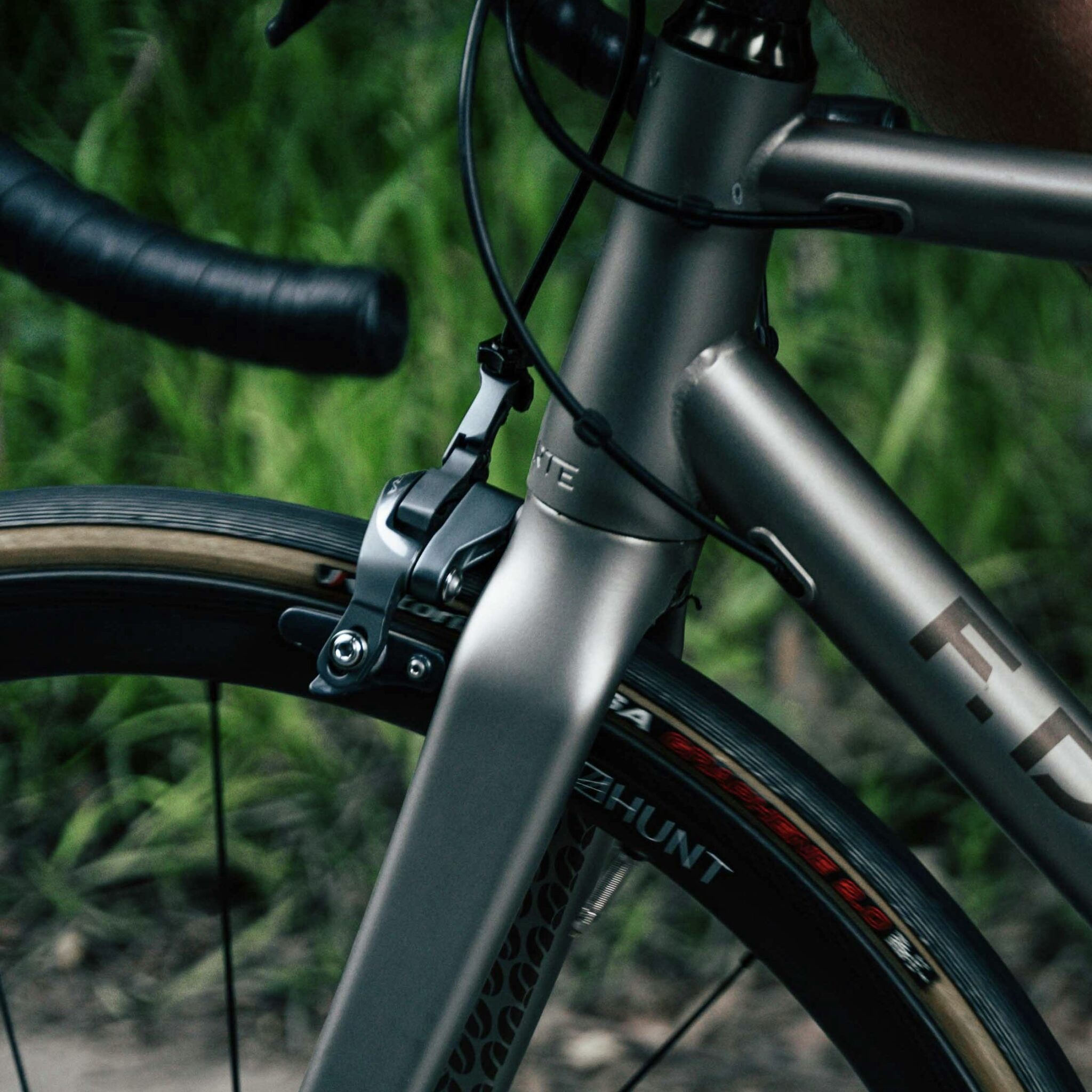
Included within all of the groupsets mentioned above are the brakes of your bike, with the decision to be made between rim brakes or disc brakes. Rim brakes are generally being phased out by the bike industry, but if you’re buying a pre-owned bike, you could come across them, and they work by grabbing the rim of your wheel to slow you down.
Disc brakes are generally considered to be safer (now that we’ve moved on from the spinning knives controversy), as they grip a disc attached to the hub of each wheel and improve your ability to stop at short notice, particularly in wet or muddy conditions.
Rim brakes are slightly more affordable than disc brakes – the closest comparison I could find is the $500 rim brake Avanti Giro F1 2025 and the $600 disc brake Avanti Giro FM 1 2025 – and they’re arguably slightly easier to maintain yourself.
The most common type of new bike you’re likely to find equipped with rim brakes is flat bar road bikes aimed at commuting; if you’re only looking at aero or endurance road bikes, they’ll almost certainly arrive with disc brakes.
Frame Size
It might sound obvious, but getting a road bike that fits you is very important to feel good while you’re riding and to avoid injury.
In an ideal world getting a professional bike fitting is the best path to take. Not only to ensure you get the correct-sized bike, but to dial in the different adjustable elements of the bike’s geometry to optimise it to your pedalling style. Professional fits can be expensive, so if you’re just looking for a commuter or a bike to ride occasionally, it’s not strictly necessary.
Bike frames are measured by the length of the top tube (the part of the frame between your handlebars and seat post) in centimetres, however, different bike brands will have different lengths that fit their definition of Small, Medium, Large, etc.
“I’m pretty tall, so I’ve always ridden the largest size I could get my hands on, but it’s really important to get a bike that fits,” says Paul Van Der Ploeg, who stands at 6’3″.
“If it’s too small or too big, you’ll be in a world of hurt on those longer rides, which isn’t much fun and kind of defeats the whole point of cycling – fun!”
You can make your bike fit your body better by adjusting the length and height of your stem (the part that connects your frame to your handlebars). Though ideally, you get the right size from the get-go.
Here’s a chart that offers some guidance on the bike size you should be looking for, but it’s important to do a test ride before you buy to make sure it feels good. If you’re buying from a bike shop, the salesperson should also be able to offer some guidance on the subject.

How To Get A Bargain Road Bike
There’s no getting around it – bikes can be expensive. To ensure you’re getting the best price for the bike you want, here are a few tips.
Buy pre-owned: Generally speaking, there’s nothing wrong with a pre-owned bike that a service from your local shop can’t fix, and pre-owned bikes can be much, much cheaper than a new one. I’ve bought plenty of great bikes from places like Facebook Marketplace without issue.
If you’re concerned about a pre-owned bike you’re thinking about buying, make sure you ask the owner plenty of questions about its condition – how much it’s been ridden, when it was last serviced, and if it’s ever been crashed. Always make sure you take it for a test ride to ensure mechanical parts like brakes and gears are working correctly.
Buy during a sales period: End of financial year sales and Christmas time are when a lot of bike shops are looking to sell stock that hasn’t moved (excellent times to negotiate a good deal for yourself).
By online: plenty of reputable online bike retailers can offer cheaper prices because they aren’t paying rent on a big showroom. Even if you don’t buy online, it’s a great place to research and understand how much you might need to pay for a specific bike.
Road Bike Price Guide
Road bikes can cost a few hundred dollars, or they can cost tens of thousands of dollars, so we’ll outline what you can expect to be able to buy brand new with different budgets.
$

For around $1,000, you’ll be limited to a flat bar road bike with an aluminium frame, a relatively basic groupset, and none of the bells and whistles that you can expect at higher price points. An example is the Specialized Sirrus X 2.0 ($950), but if you’re lucky with getting a discount, you could get a drop bar road bike such as this Merida Scultura Rim 100 ($1,259).
$$

Stepping up to around $3,000 and your options will open up enormously, not only giving you the choice of a carbon fibre frame like this Giant Revolt Advanced 3 gravel bike ($2,749), but you’ll also have a better mechanical groupset and wheels. Other options include the Merida Scultura Endurance 4000 ($3,200) with a rock-solid Shimano 105 groupset or the Specialized Tarmac SL6 ($3,400), which are both carbon road bikes under $3,000 with a discount.
$$$

This is the price range that can start to get you a seriously fast bike if you want one, with carbon fibre frames now coming standard, higher-quality groupsets, carbon fibre wheels, and specific performance-focused bikes like aero road bikes and climbing road bikes. From this point, most of the bikes will be equivalent to or better than the bikes Lance Armstrong was racing in the Tour de France.
The Giant Defy Advanced 1 ($5,000) is an excellent bike, as is its big sibling, the Giant Defy Advanced Pro 1 ($7,000), while if you want a racing aero road bike, the Giant Propel Advanced Pro 0-Di2 ($8,000) will slice through air like butter.
$$$$
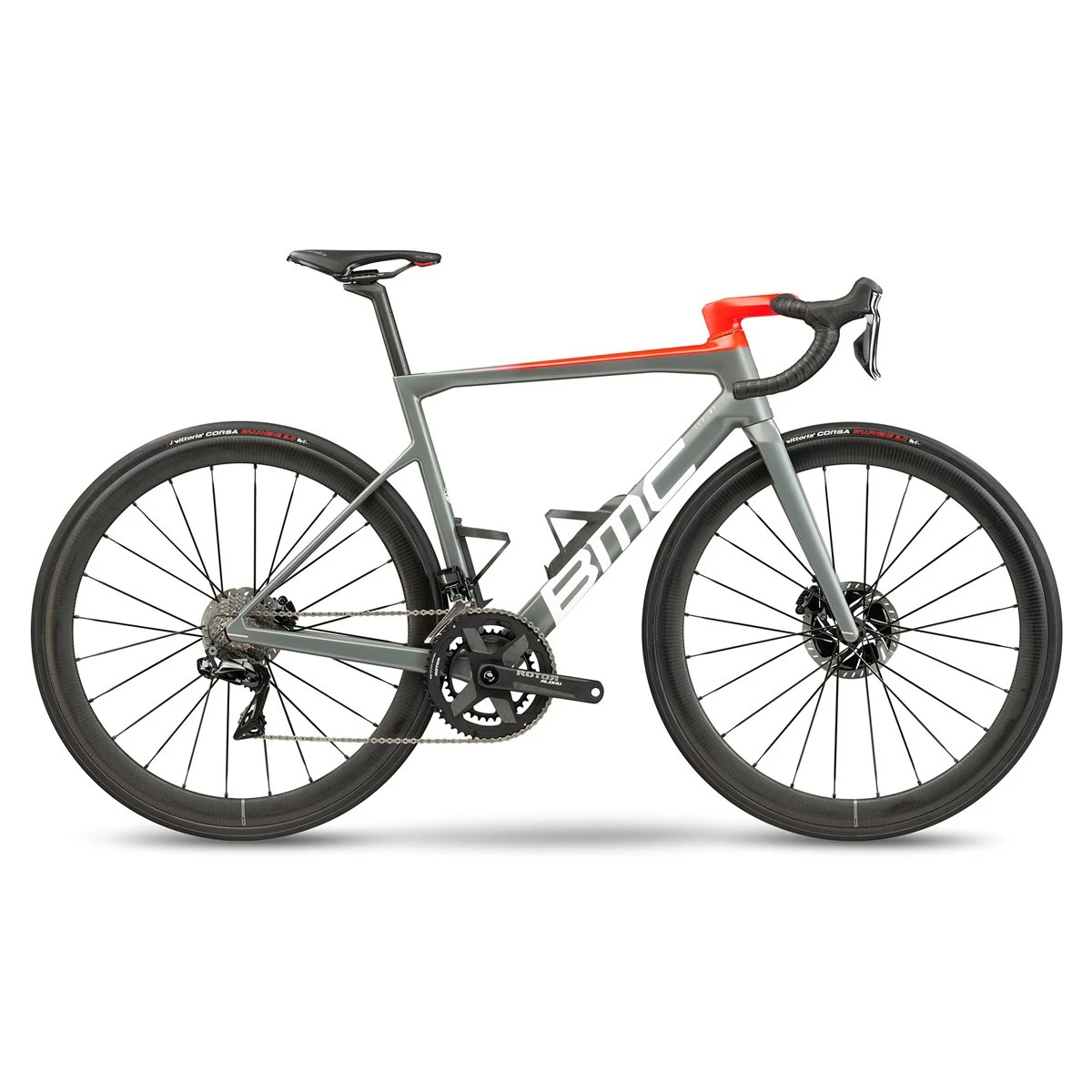
In this price bracket, you’re basically looking at bikes that professional cyclists at the Tour de France rode just a few years ago. They are exceptionally lightweight, stiff, and responsive, and have top-quality groupsets, carbon wheels, and specially designed components like aero drink bottle holders.
The BMCTeammachine SLR01 Two ($15,000) is arguably better than the bike Cadel Evans won the Tour de France riding, while the Giant Propel Advanced SL 0-Dura Ace ($14,000) is about as fast as a road bike can get on a flat surface.
$$$$$

Beyond $15,000, and you’ll have access to the bikes professional cyclists are riding at the Tour de France today. Not only is every detail of the bike basically at the best specification possible, but now you can consider things like custom paint jobs, power meters, and weight-saving elements like ultra-light tire tubes.
At the very top of the market, bikes like the custom-painted Trek Madone SLR 9 AXS Gen 8 ($25,000) are an option, as is the Specialized S-Works Tarmac SL8 ($20,900).
Other Gear & Equipment To Consider
Now that you know how to buy a road bike, you’re nearly ready to head out on a ride. Here’s everything else you might need before you take a seat.
Helmets: Not only is it a good idea to wear a helmet to avoid getting fined, but it’s probably the most essential piece of kit to ensure your safety. Prices can range significantly (the MET Idolo is $110, while the Kask Elemento is $650) – the minimum you need to look for is they meet Australian safety standards (no shopping on Alibaba, please).
Cycling kit: If you’re just getting into cycling, the idea of kitting up in full Lycra might be too much. But it’s definitely worth getting a pair of bike shorts to wear under your regular exercise shorts. Affordable brands like Cinettica ($110) or Pearl Izumi ($120) are a good place to start. If you’re looking for higher-end options, brands like MAAP, Rapha, and Pas Normal Studios are as good as it gets.
Bike lights: If you’re thinking of some early morning rides or evening commutes home, bike lights are another critical piece of kit to own. A USB-rechargeable front and rear pack like this one from Azur for $30 is all you need.
Locks: If you’ve spent any money on a bike, you want to make sure it doesn’t get stolen when you’re picking up a loaf of bread on the way home. There are plenty of bad-quality bike locks out there that can be broken with a single kick, so avoid cable locks and get something solid like this Abus Bordo Lite for $120.
Training computers: Not a strict necessity, but if you want to keep an eye on your speed, distance, or any other bits of data while you train, a bike computer is a great thing to have. There are lots of brands that are good options, but something basic like this $350 Garmin Edge 130 Plus is all you need to get started.
Shoes: Cycling shoes are a double-edged sword when you’re getting into cycling. Yes, they make your pedalling more efficient, though there’s always the risk of not being able to unclip when you meet a red traffic light (I’ve fallen over a few times). If you do want shoes, a pair like the $130 Shimano RP101s are a solid entry-level option. Other brands like Fizik, Giro, and DMT are also great.
Choosing The Right Road Bike For You
Now that you’re an expert on cycling road bikes, you should hopefully have a bit of an idea of the ride that’ll suit your needs best.
- If you want a commuter, a flat bar road bike is the best option and also the most affordable.
- If you’re considering riding in a corporate triathlon, charity ride, or want to enjoy some riding on the weekend with friends, an endurance or gravel bike is a great option that won’t break the bank.
- If you want to do some local racing and speed is your main priority, an aero road bike or a climbing bike will give you the best chance at standing on the top step of the podium.
Thanks for reading Boss Hunting’s guide to road bikes, and if you’ve got any more specific questions or need any advice, don’t hesitate to reach out to me directly by email or through Instagram.
If you enjoyed this Buyer’s Guide on cycling road bikes, you might enjoy our other cycling-related guides below:
